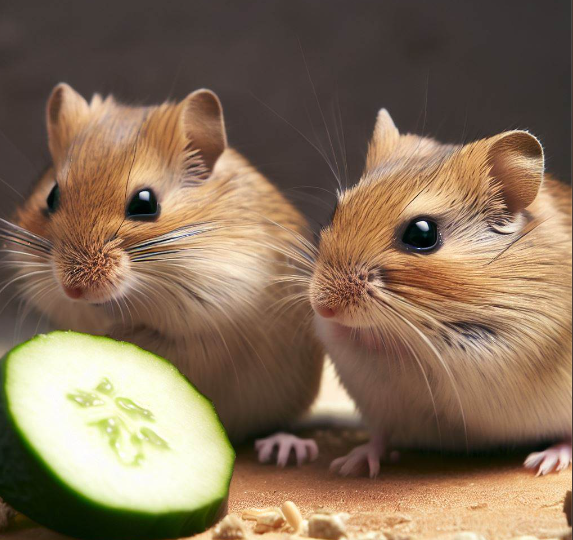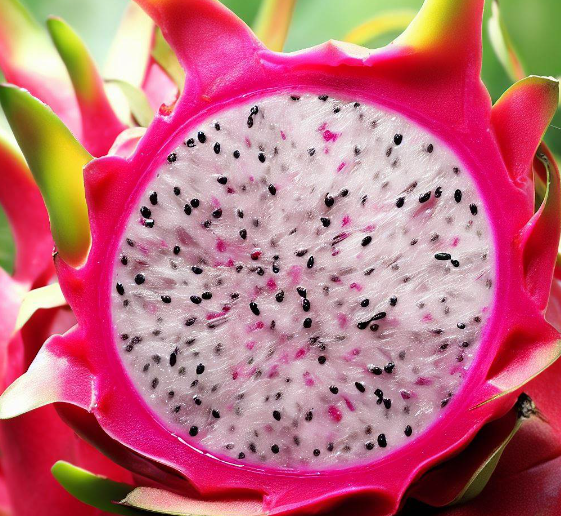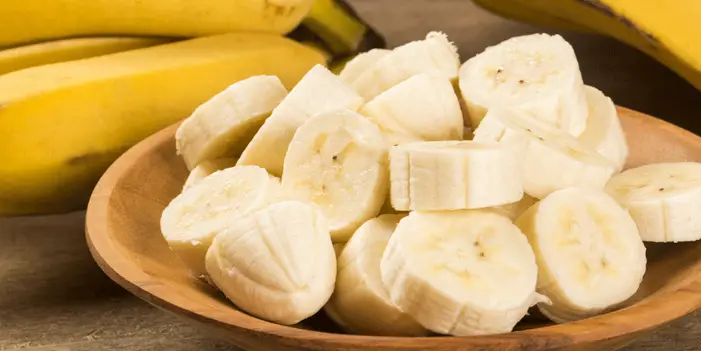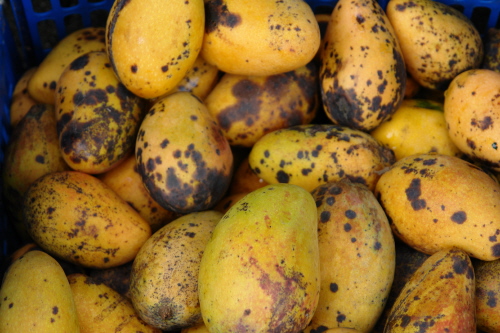Mangoes are a tasty tropical fruit loved by many for their sweet flavor and juicy texture. They’re packed with good stuff like vitamins and minerals. Despite being so yummy, taking the pit out of a mango can be tricky, especially for first-timers.
In this guide, we’ll show you, step-by-step, how you can take the seed out of a mango without wasting any of its yummy flesh. No matter if you’re a mango fan or you’re just tasting it for the first time, our instructions will help you enjoy this fruit even more.
Taking out a mango’s seed can be challenging. The seed is big and stringy, so it’s hard to cut, and the fruit’s slippery insides might make your knife slip. Also, being careful not to throw any fruit away while removing the seed is important.
No one likes to waste mango because it can be quite costly in some places. But with some practice and the right way to do it, taking out mango seeds can be fast and simple.
Table of Contents
Steps to Remove a Mango Pit
Step 1 – Pick a ripe mango
First, make sure you’re working with a ripe mango. A ripe one will make the job easier and taste sweeter.
Feel the mango gently with your fingers—it should be a bit soft but not too mushy. Firm mangoes might be unripe, and very squishy ones might be too ripe. Look at the mango’s color, too. Ripe ones usually turn yellow or orange-red, depending on the type of mango.
You can also smell the mango near the stem. A sweet, fruity smell tells you it’s ripe. If it doesn’t smell much, it might need more time to ripen.
Picking a ripe mango not only makes it easier to cut, but you’ll also get the most enjoyment from its juicy and sweet flavor.
Step 2 – Wash the mango well
Next, give your ripe mango a thorough wash. This gets rid of any dirt or bacteria living on the skin since you don’t want those mixing in with the mango flesh.
Hold your mango under running water and use your hands to clean it. A vegetable brush can help scrub off any stuck-on grit. Dry off the mango with a towel before you start cutting.
Step 3 – Slice off the sides of the mango
Now you’re ready to cut. Place the mango standing up on your cutting board and cut down near the middle on both sides to create two big cheeks, avoiding the hard seed in the center.
Step 4 – Make a grid pattern in each halve
Take each mango half and use a knife to make vertical and horizontal cuts to create a grid pattern. Don’t slice through the skin; just cut into the flesh.
Step 5 – Flip the mango half inside out
After making the grid, press the skin side so the mango half flips inside out. This makes it look like a hedgehog and readies it for the next step.
Step 6 – Take the mango cubes off the skin
Use a knife or spoon to gently cut the mango cubes from the skin. Start from the edge and work toward the center, being careful not to break the skin or miss any fruit.
Step 7 – Trim any extra flesh from the seed
After removing the cubes, you’ll have the seed with some flesh still on it. Carefully use your knife to trim that off. Watch out for the stringy parts that might still be attached to the seed.
And there you have it! Follow these easy steps, and you’ll be able to take the pit out of a mango and enjoy every bit of its sweet fruit.









